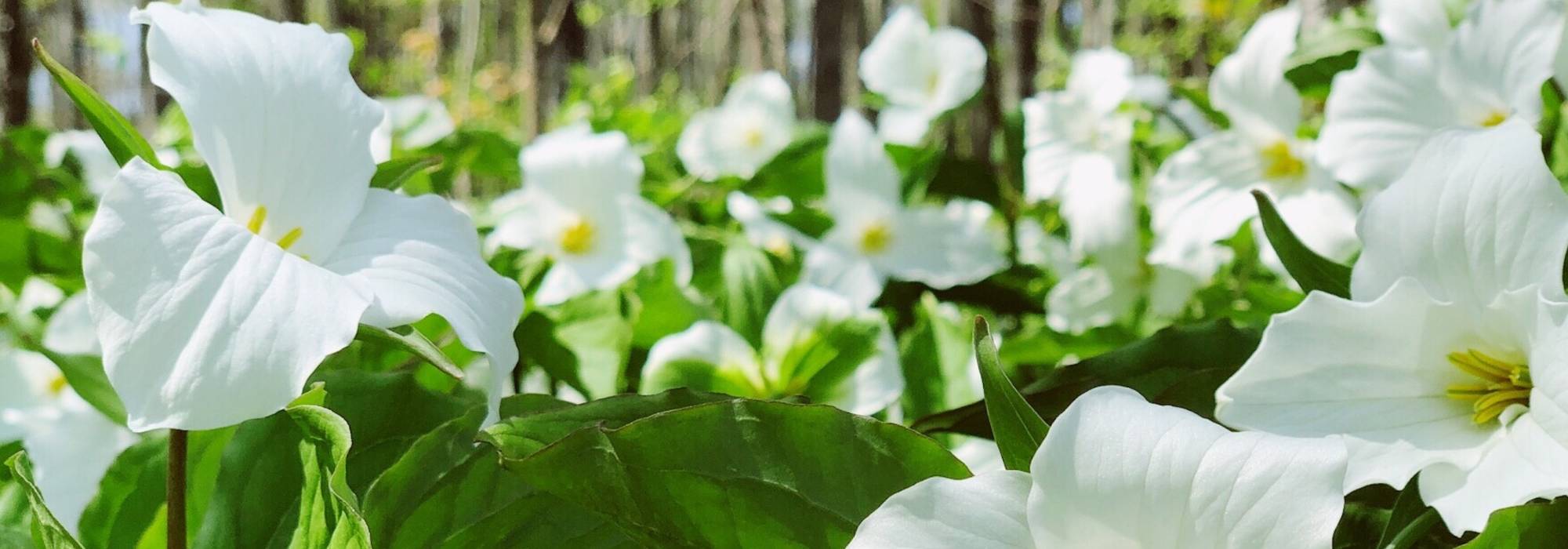
Trillium: planting, cultivation, care and uses
Contents
Spring trilliums in a nutshell
- Trilliums are bulbous perennial plants, delicate and magnificent.
- Their three-petalled flowers, in luminous white or crimson colours, are particularly striking.
- Shade-loving plants, they brighten a shaded area of the garden, such as a woodland or beneath trees.
- Trilliums also do well in a pot.
- Sometimes temperamental, Trilliums require patience and some care.
A word from our expert
Trilliums, or Trillium, are magnificent small bulbous plants, true treasures in the garden. Their three petals, in a range of colours (white, red, yellow or brown), make them particularly eye-catching. Caring for Trillium can sometimes be delicate but patient gardener will be rewarded in early spring with a flowering that is sure to impress. Easiest-to-grow varieties bear white or purple flowers, single or double.
Native to moist woodland understoreys, Trilliums are perfect for creating a glade-like atmosphere in your garden. These plants thrive in partial shade and will naturally find their place under deciduous trees. Trillium are also ideal in pots. Soil must be cool, rich and moist year-round. Planting is best done in spring.
Although of slow growth, Trillium will gradually multiply and flower reliably each year, provided a few simple care measures are followed.
If you’re looking for an alternative to tulips, don’t hesitate to try Trillium!
Description and botany
Botanical data
- Latin name Trillium sp.
- Family Melianthiaceae
- Common name Trilles
- Flowering from March to May
- Height between 35 cm and 50 cm
- Exposure shade or partial shade
- Soil type rich, humus-bearing, cool but well-drained
- Hardiness Very good
Genus Trillium is native to North America and Asia and comprises 45 species. In gardens, species native to North America, being hardier, are most commonly encountered. As with many bulbous genera, species within genus Trillium are very diverse but all share same strange three-petalled flowers.
In wild, Trillium develop in woods, forests and other damp, shaded sites.
Formerly placed in Liliaceae, Trillium are now recognised in Melanthiaceae. This little-known family contains nearly two hundred species across 16 genera. Apart from trilliums, these oddly named plants, such as “false unicorn” (Chamerion luteum) or “four-leaved paris” (Paris quadrifolia), have not made a marked entrance into gardens.
Geophyte plants in genus Trillium possess a rootstock. This underground storage organ allows them to store nutrients and energy needed for a new growth cycle. Rootstock must first develop before allowing plant to flower. Most Trillium species are beauties that take their time and several years may be required before first flowers are seen.
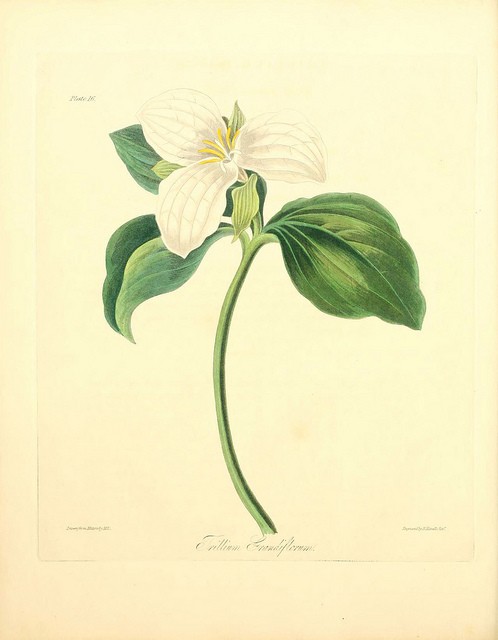
Trillium grandiflorum – botanical illustration
Name of Trillium comes from ternary rhythm of morphology: flowers with three petals and three sepals, three leaves, six stamens and three carpels.
Foliage is most often dark green, sometimes tinged with blue or bronze, sometimes maculate, spotted or striate. Leaves are composed of three ovate leaflets. This foliage is deciduous and disappears by summer. On average, you can enjoy vegetation of your plants for around three months a year. If worried about losing sight of Trillium during summer, mark their position with a label or small stake.
In April–May, Trillium flowers appear. Each Trillium flower is made up of three petals and three sepals and emerges above foliage. Flowers are most often sessile (attached directly to stem) but sometimes pedicellate. Flower colour varies greatly between species and sometimes within a species: white in many cases (notably T. grandiflorum), but also red (T. erectum), brownish-red (T. cuneatum, T. sessile), yellow (T. luteum) or pink (T. rivale, T. undulatum). Trillium cernuum even bears flowers white with brown at centre. Flower size ranges from 2 to 8 cm.
Flowers of many species emit a scent. This can be pleasant but may also be unpleasant: in that case scent functions to attract flies that pollinate these species. Plants in genus Trillium are, however, self-fertile and you can therefore witness fruit formation even if garden hosts only a single Trillium.
Trillium are beauties that take their time and it can be necessary to wait a year before first flowering. Conversely, once established, Trillium are very regular and flower every year. Flower longevity is very long, 2 to 3 weeks.
Fruiting appears in summer as berries, reddening in autumn.

Some trilliums: Trillium sessile / Trillium grandiflorum / Trillium luteum
Read also
Plant hardy bulbs for summer floweringDifferent varieties of Trilliums
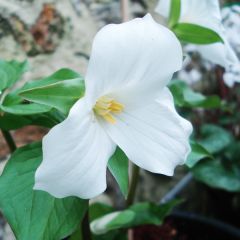
Trillium grandiflorum
- Flowering time May, June
- Height at maturity 25 cm
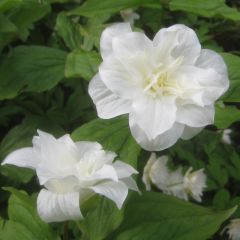
Trillium grandiflorum Flore Pleno
- Flowering time April, May
- Height at maturity 25 cm
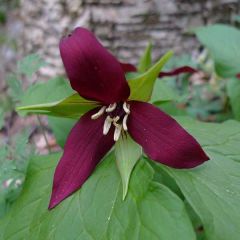
Trillium erectum
- Flowering time May, June
- Height at maturity 40 cm
Discover other Trillium
View all →Available in 1 sizes
Available in 0 sizes
Available in 1 sizes
Available in 1 sizes
Available in 1 sizes
Available in 1 sizes
Available in 1 sizes
Available in 1 sizes
Available in 1 sizes
Planting
Where and when to plant Trilliums?
Trilliums are woodland plants that will thrive in rich, fertile, slightly acidic, well-drained and cool soil. Beware of calcareous soils (pH above 7) which Trilliums particularly dislike. If your soil is not acidic enough, you can add heather soil at planting time.
To help your plants establish, place them preferably in a partially shaded position. Some sun is needed at flowering time in spring, so it is ideal to plant your bulbs under the shade of relatively late-leafing deciduous trees. These will not prevent proper flowering but will provide Trilliums with the cool conditions they need during summer.
Growing in a pot is also possible; choose a relatively large container and remember to keep it in partial shade.
Trilliums need some space to develop — allow about 30 cm2 for each bulb.
Trilliums are best planted in spring, ideally from February to March. If you have not had time, it is still possible to plant bulbs from January to April; planting outside this period would be detrimental to bulb development. Trilliums are particularly hardy, so do not fear exposing them to cold early-spring temperatures.
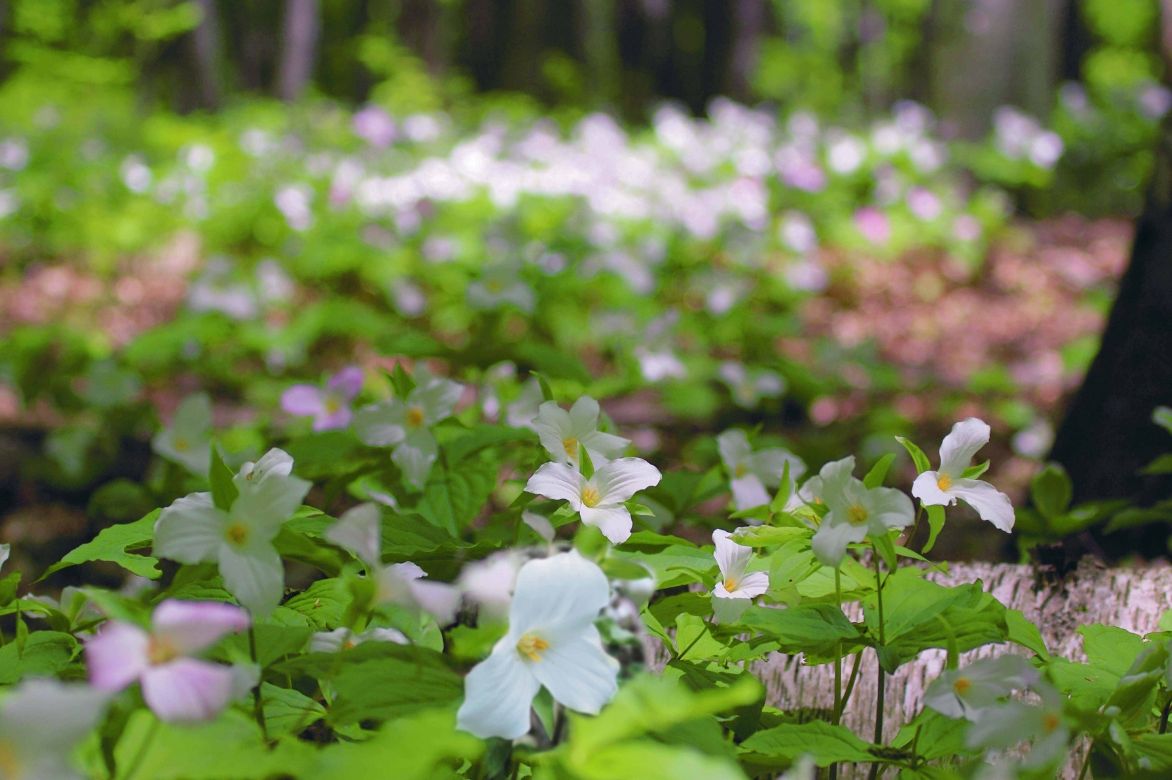
Tapetum of trilliums in woodland
How to plant Trilliums?
Further reading: Planting rare and hardy bulbs
As with many bulbous plants, Trilliums are planted directly in the ground at the spot where you want them to flower.
- Plant Trilliums at about 10 centimetres deep. Make a large planting hole, wider than the bulb, roughly 25 centimetres across. Work the soil to loosen it
to a depth of around ten centimetres. To allow optimal placement of the bulb, break up clods and remove stones from the soil if necessary. If your soil needs improving, make the appropriate additions. For calcareous soil add heather soil to lower the pH. For soil that is not sufficiently free-draining, add a drainage layer composed of vermiculite, perlite, pumice or gravel.
- Bury bulbs 10 centimetres deep then firm the soil.
- Water, even in winter.
Propagating trilliums
Division of Trillium
The main way to multiply your Trillium is division of stumps. In autumn, when plants are dormant, rootstocks can be divided. After lifting the stump, use a cutting knife (disinfected to avoid spread of disease) to cut the rootstock into several fragments. Each must possess a dormant eye. Plant each fragment then water to help plant establishment. Before dividing your Trillium, however, it is important to note that these plants have a very low multiplication rate and you will therefore have to wait several years, generally five or six, before rootstocks are sufficiently developed to be divided. If you wish to create a massed effect, you will need to plant a large number of bulbs from the start.
Sowing Trillium
Like all flowering plants, Trillium can in theory be multiplied by sowing. But this method of propagation is so complex that we can only advise against it. Seeds, harvested in autumn, will take one to three years to germinate and then another four to seven years to flower, with a very high mortality rate. Seeds are also hydrophilic, which means they must be kept in a medium with a high humidity level. The radicle and epicotyl (two organs necessary for seedling development) are dormant and require stratification at high temperature (around 30°C for 4 to 6 weeks) then low temperature (for 5 to 8 weeks). With T. grandiflorum, you must even wait one year after germination before the first leaf emerges.
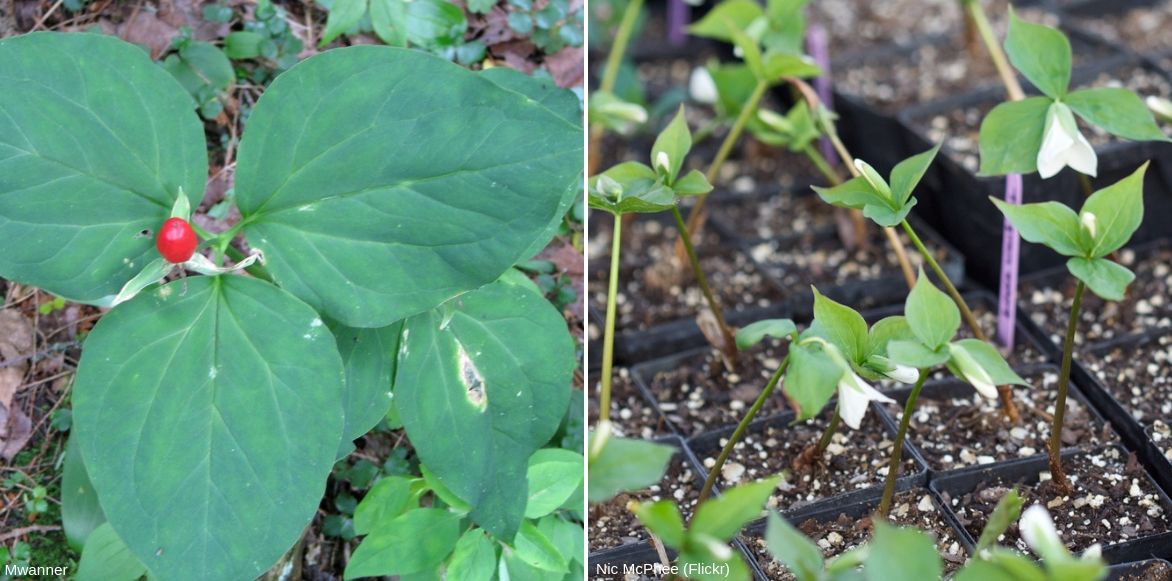
Fruiting of a Trillium / Sowing
Care
Delicate plants, Trilliums need a few simple care steps to flower again. Their foliage lasts only four months and the greatest risk is forgetting them in a corner of your garden. Flowering the following spring would then be severely compromised.
The Trillium are first and foremost plants of moist woodland understorey and therefore need regular watering, in summer of course but also in spring if weather is dry. Without waterlogging the soil (excess water would cause the bulb to rot), water as soon as soil begins to dry, daily if bulbs are planted in a pot. In summer, the Trillium are invisible but it is still essential to water the spot where they are planted, otherwise the bulb would dry out.
To preserve soil freshness, and enrich it at the same time, in autumn and spring add a top-dressing of forest compost and dead leaf mulch.
After flowering, it is best to cut back faded stems to encourage formation of new flowering stems. Cut stems at their tip with a pruning shear disinfected beforehand.
Trilliums’ greatest enemies are gastropods, slugs and snails. To protect your plants, you can keep slugs at bay by surrounding plants with ash, eggshells or lava rock. Also discover our 7 effective and natural ways to fight slugs.
Companion planting for Trilliums
As Trillium are present in the garden for only three to four months a year, it is better to accompany them with plants that will hide their absence for the rest of the time. Choose plants attractive for much of the year; otherwise your bed will quickly become a collection of weeds.
Trillium are woodland understorey plants and will therefore naturally do well when planted with plants that have the same preferences for light and water.
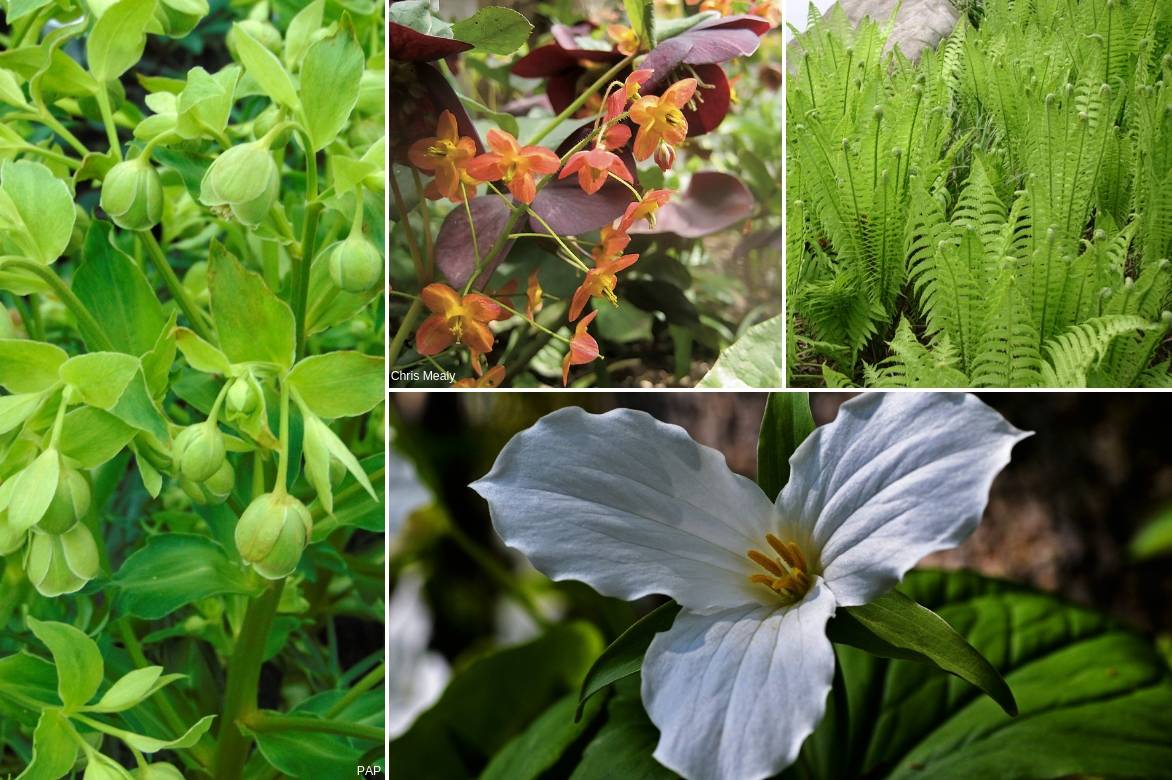
One planting idea: Helleborus foetidus, Epimedium warleyense, Matteuccia struthiopteris and Trillium grandiflorum
To create a woodland-edge scene, pair Trillium with Hostas, ferns or Heuchera, or even barrenwort (Epimedium).
You can also plant your Trillium in a heather soil bed with other plants that prefer acidic soil, such as rhododendrons and azaleas, Japanese andromeda (Pieris) or Hamamelis. These plants often have later flowering than Trillium and will therefore provide an interesting succession, but take care not to plant your bulbs directly at the feet of bushes with evergreen foliage.
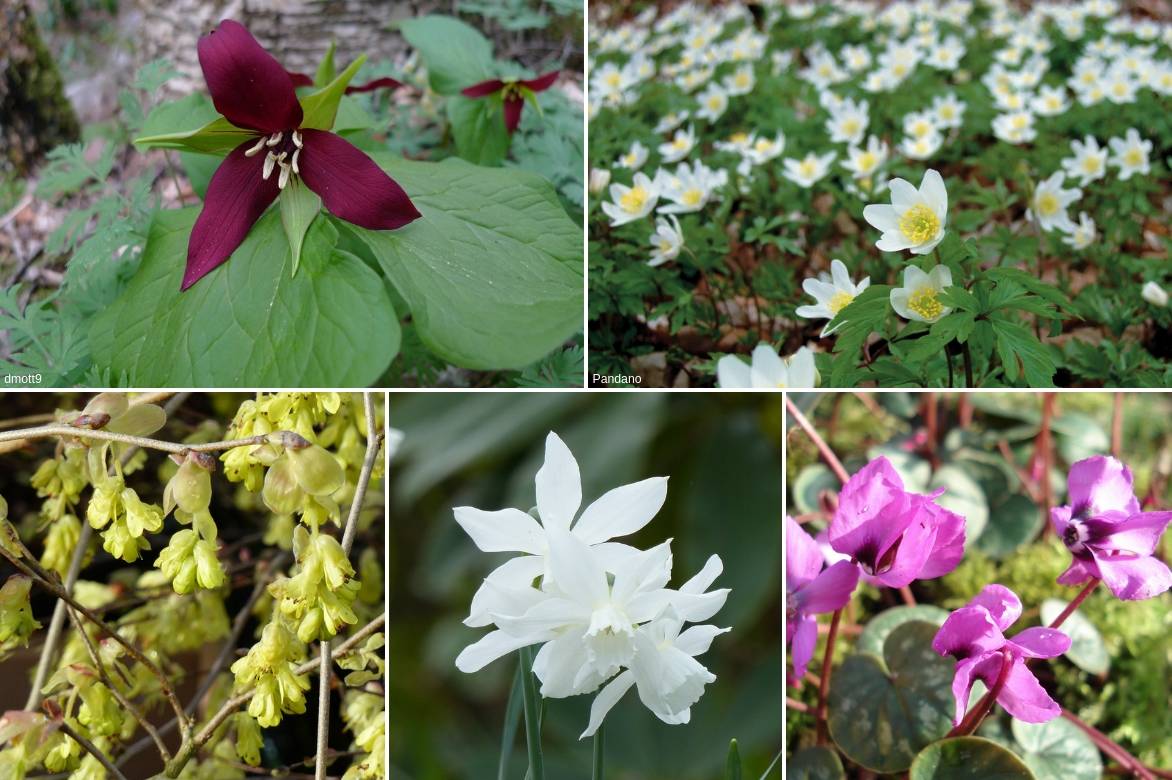
Another planting idea: Trillium erectum, Anemone nemorosa, Corylopsis pauciflora, Narcissus ‘Thalia’, Cyclamen coum pink
To create an appealing display, don’t hesitate to play with contrasts by pairing red Trillium with white magnolias or white dogwoods, or late red-flowering camellias with white-flowered Trillium?
Useful resources
Discover our collection of Trilliums.
Find out all about the botanical species of Trillium.
Discover other rare bulbs and learn how to plant them.
Frequently asked questions
-
I'm a beginner gardener, can I plant trilliums?
Trilliums are rare bulbs, but that does not mean they are reserved for professional gardeners. To flower, a Trillium needs a few single-care measures, and provided you look after your plants and are patient, nothing will stop these little plants from beautifying your garden.
-
My trilliums disappeared over the summer. What should I do?
It is perfectly normal for your plants to disappear suddenly. To avoid the unfavourable summer climate, Trillium enters dormancy during summer and only reappears the following spring. Don't forget it, though, and keep watering it regularly. Next spring's flowering is at stake.
- Subscribe!
- Contents
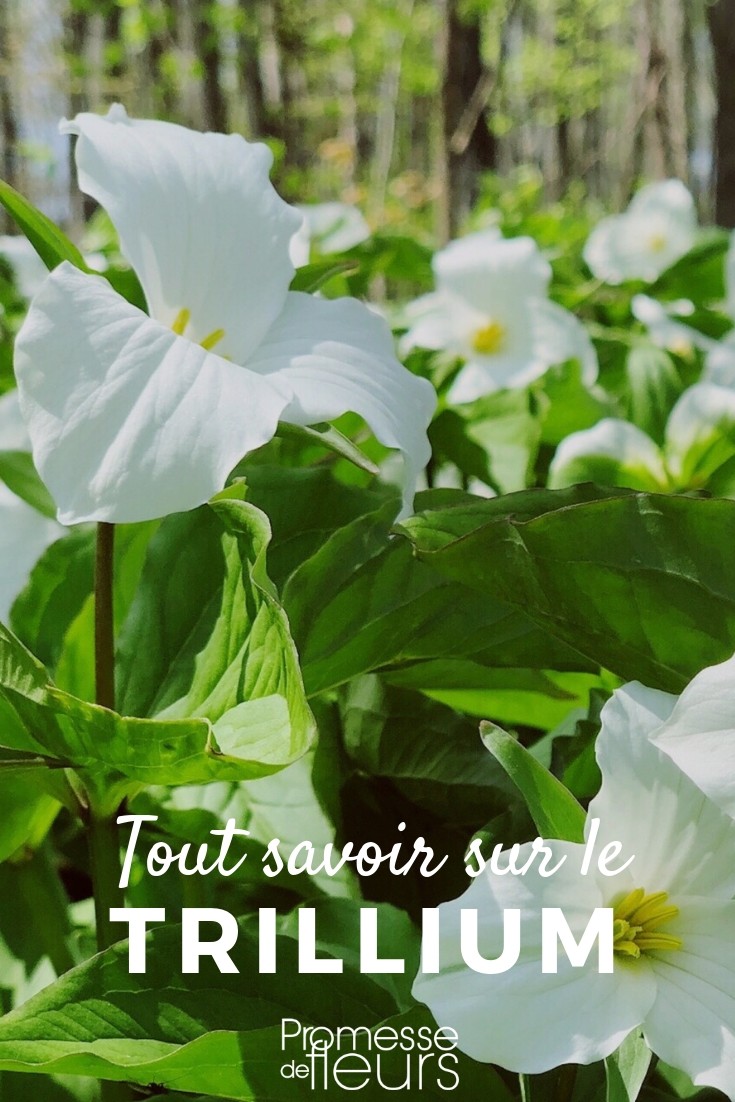































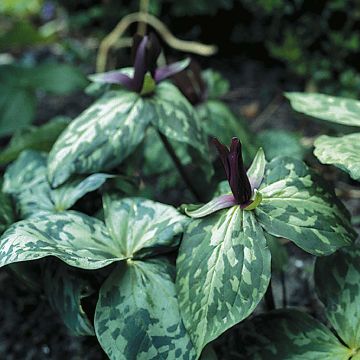
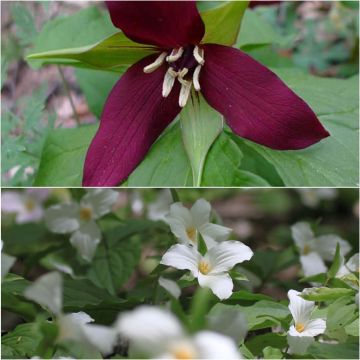


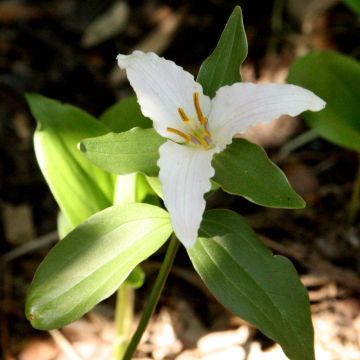

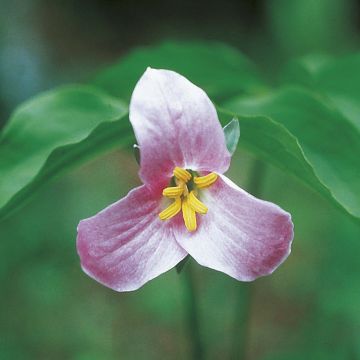
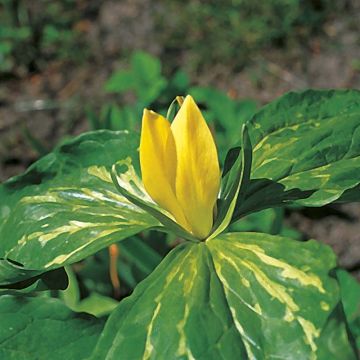
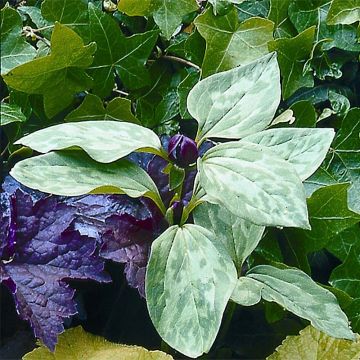
Comments